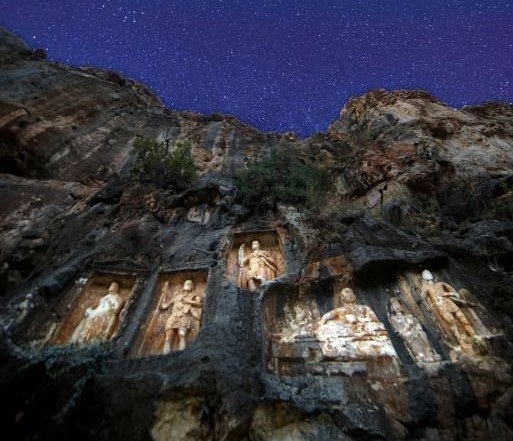Heaven and Hell Sinkholes: It should be in the first place in the list of places to visit in Mersin. These sinkholes are unique values that you cannot find anywhere else. They are sinkholes formed by the erosion of the groundwater of the calcareous land and the collapse of its ceiling. Hell is a 120-meter-deep pit that cannot be descended and can be viewed from the glass terrace. Heaven, on the other hand, is a sinkhole that can be descended with 452 steps. The Church of the Virgin Mary, which dates back to the 5th century, in the middle of the Heaven Pitcher, also makes the view more original. It can also be reached by panoramic elevator. The entrance fee to the potholes is 45 TL. Museum card is valid.
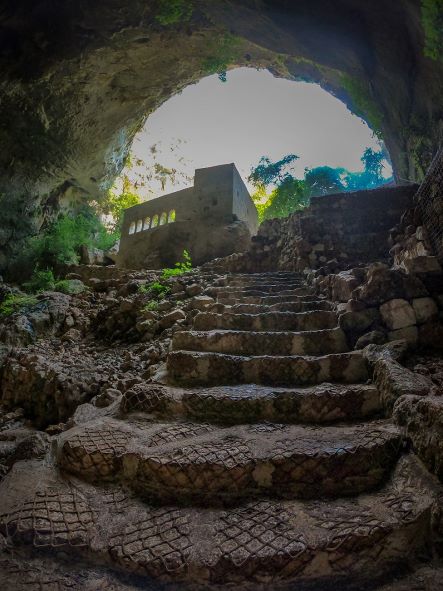
Kiz Kalesi (Maiden’s Castle): known as one of the most important touristic values and symbol of Mersin, is a castle built on an island 600 meters off the coast. The ruins, which are the continuation of the castle, are still in good condition on land. Services such as parasols, sun loungers, WC and shower are provided for a fee at Kızkalesi beach. In order to reach Kız Kalesi from the shore, visitors can rent a pedalo and canoe or go to the island by boat. The area around the island where Kız Kalesi is located is very rich in terms of sea creatures, and we recommend that tourists who go here have sea goggles and snorkels.
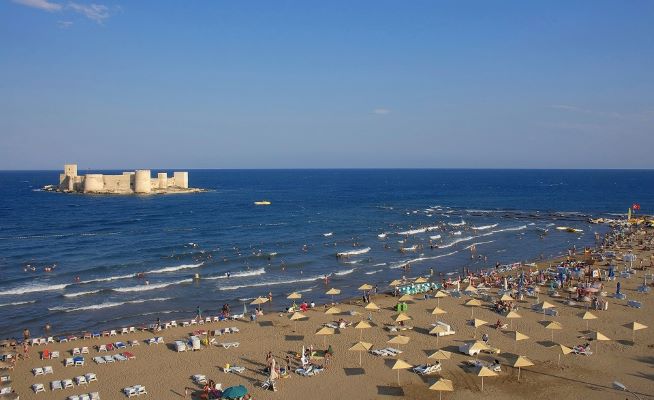
Uzuncaburç Ancient City: Taking its name from the high tower belonging to the Hellenistic period, Uzuncaburç is the most important ancient city of Mersin. While it was a religious area at an altitude of 1200 meters from the sea, it became an independent city with the authority to mint money in time. The works that must be seen here are the 36-columned Zeus temple, which remained from the Hellenistic period and was converted into a church during the Byzantine period, and the theater with a capacity of 3000 people, which can be considered very large for that period. The rock tombs and the temple of chance are among the other must-see works. The best time to go to Uzuncaburç is in the afternoon, when the sun rays come horizontally and emphasize the details in the works. The entrance fee is 12.5 TL and the museum card is valid.
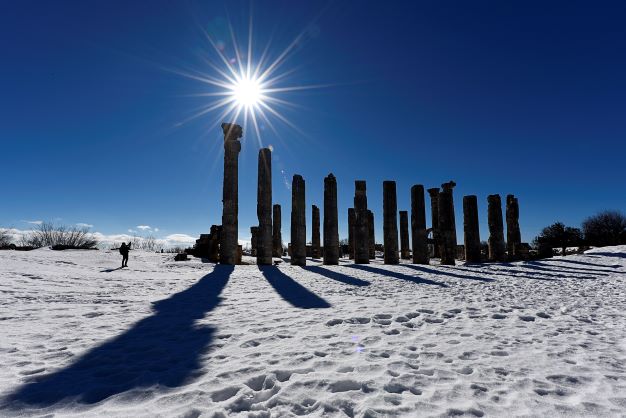
Anemurium: One of the important port cities of the ancient period, takes its name from the word windy hill. It is possible to see the traces of many civilizations in the city, which was developed by maritime trade. Among the must-see works are the theater with a capacity of 900, the necropolis with around 350 graves, the public bath, the Necropolis bath, aqueducts and the lighthouse. Another beauty of the Anemurium Ancient City is that it has the opportunity to swim in the sea. Since the entrance to the ancient city is paid, the sea is not crowded and very clean. It is a completely different experience to come across the ruins of historical artifacts while swimming. Entrance fee to Anemurium Ancient City is 12.5 TL and museum card is valid.
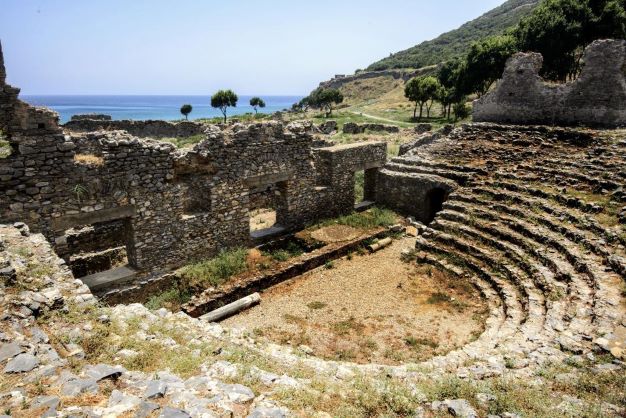
Kanlidivane: Here are the ruins of the city, which was built around a 60-meter deep sinkhole, believed to be sacred. Observation tower, basilicas and many structures from Kanlıdivane have survived to the present day. Basilica number 5, which is considered the symbol of Kanlıdivane, is one of the works that should be seen especially. The rock tombs in the necropolis area are also visually impressive. The best time to go to Kanlıdivane is when the lateral sun rays reveal the details in the structures in the cool of the afternoon. We recommend that you photograph the pothole with the ruins of the city,from the south, and watch the view from the angle. Kanlıdivane entrance fee is 12.5 TL and museum card is valid.
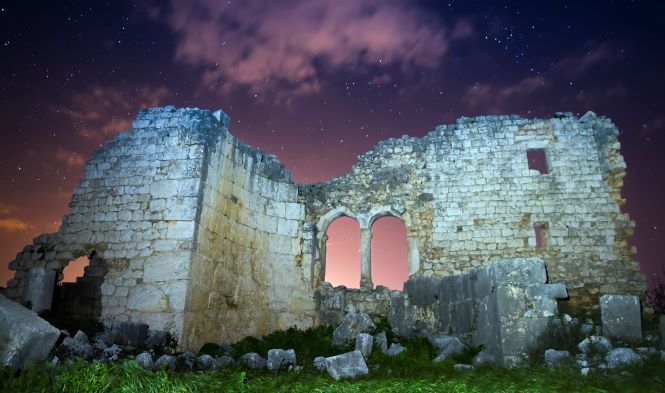
Alahan Monastery: It is seen as one of the important points of Turkey and the world in terms of faith tourism. It is known that Saint Paul and Saint Barnabas, one of the most important figures of Christianity, stayed here while spreading this new religion in Anatolia. It is possible to say that the monastery is generally well preserved and most of its buildings are still standing. It is an architectural structure that draws attention with its features such as the road connecting the churches, the cross-shaped baptismal pool and the bath. A masterful stone carving is seen in the decoration of the buildings. Figures of angels Gabriel and Michael, symbols of eagle, ox and roaring lion, depictions of biblical writings, vine leaves, bunches of grapes and fish motifs can still be seen here. The view of Göksu Valley from the dominant hill where the monastery is located is very impressive. Entry to the monastery is free.
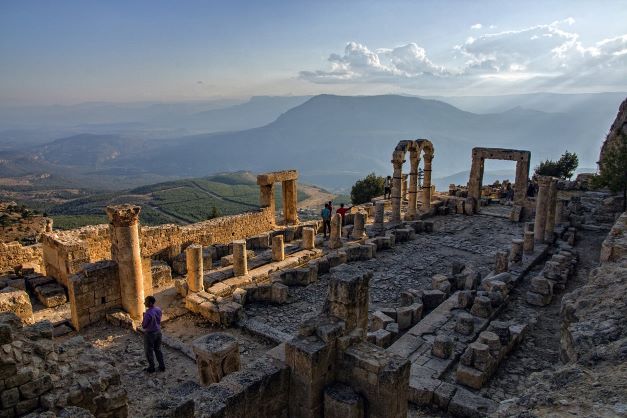
Yerköprü Waterfall: The waterfall formed by the spring water in the area of a landslide that occurred on the Ermenek Stream millions of years ago with a chalky structure fascinates the visitors. Although there are many waterfalls in our country, Yerköprü Waterfall is a privileged waterfall that stands out with its originality. You can reach the waterfall over the newly built suspension bridge over the river. The sense of height on the suspension bridge and the view of the turquoise water are also very impressive. To reach the waterfall after crossing the bridge, it is reached via a 500-meter wooden walkway. The journey itself is as beautiful as the waterfall.
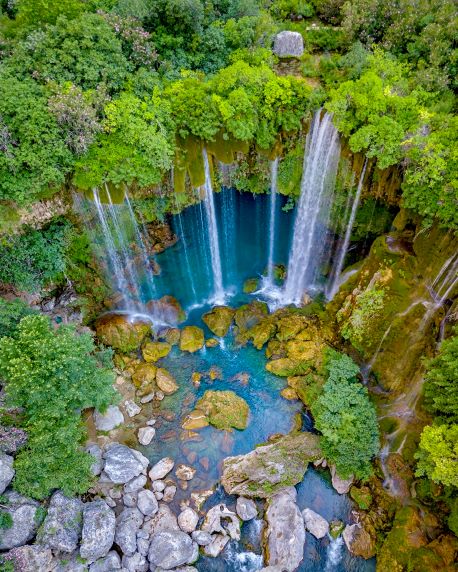
Kisecik (Hidden Paradise): This canyon, located on Kadincik Stream, is a paradise in a corner, true to its corner name. Flowing through the hills by forming a canyon, the stream rises to the plain here. Another important difference of this canyon, also known as Sarıkavak, is that it can be visited on a raft and offers a completely different experience to the visitors. Entry is free, but parking fees are charged for vehicles. The fee for boarding the saloon is 15-20 TL, depending on the number of people.
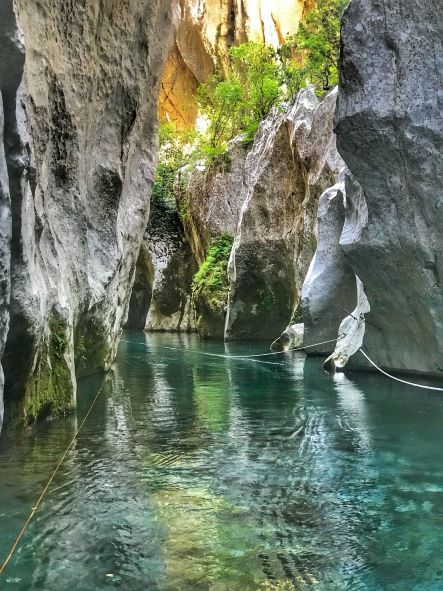
Gülek Castle: The view of the castle, which is located on a hill overlooking the Gülek Bosphorus, is very impressive, especially seeing the Adana-Ankara highway. In recent years, it has been heavily visited by those who want to take a souvenir photo on the rock with a cliff view. Especially on Sundays, it is very busy and there is a queue to take pictures on the rock. We recommend that you go on other days if possible. Entrance is free.
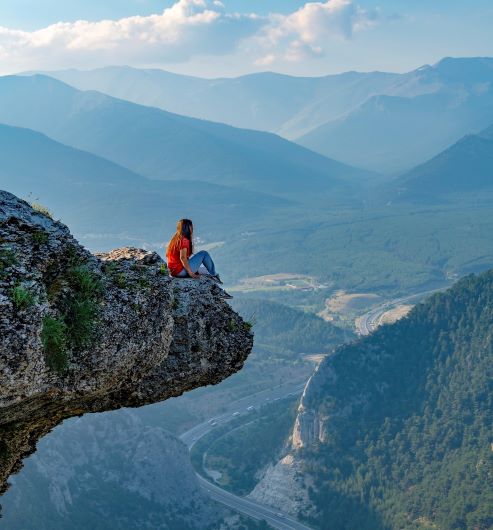
Kayacı Valley: Lemas Stream, which originates from the Central Taurus Mountains, fascinates those who see it with the beauty of the canyon formed by splitting the rocks before pouring into the Mediterranean. This corner of paradise, where the sun can barely penetrate through the plane trees, makes visitors feel like they have gone to another world, as the temperature drops by 5-6 degrees and the humidity decreases after 8 km from the sea. In the businesses along the river, you can eat and rest under the plane trees with your feet in the water, or you can have a picnic by bringing your own food and renting a camellia. The oldest and best known of the establishments on the Lemas Stream is the Doctor's place.
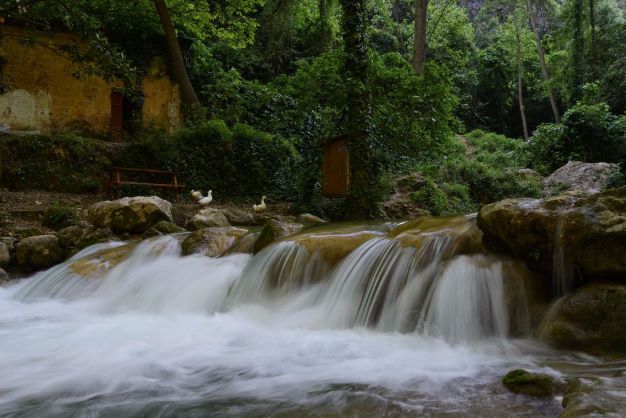
Aynalıgöl (Gilindere) Cave: You should definitely see this natural wonder, one of the most beautiful caves in Turkey, perhaps the first. The stalactite, stalagmite and travertine formations in the cave, which takes its name from the reflections of the giant lake and its water at its base, are fascinating. It is also enjoyable to watch the shapes that can be seen easily in the clear water of the lake. As much as the cave itself, the sea view encountered while descending here makes this place privileged. At the entrance of the cave, there are infrastructure facilities such as parking lot, cafe, wc and so on. The entrance fee is 7 TL.
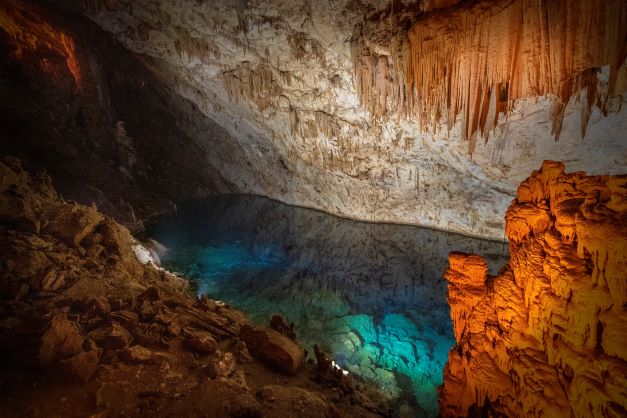
Tisan: The Ovacık Peninsula, known among the people as Tisan, is referred to as the Cilician Aphrodisias in the archaeological literature. The most important work of the ancient city, St. Pantaleon Church, AD IV. It is centuries old. The entire floor of the church is covered with mosaics decorated with geometric shapes, plant and bird motifs and is in very good condition. In addition to its historical feature, the Tisan Peninsula has come to the fore with its natural beauty in recent years. The two bays to the east and west of Tisan, which is in the isthmus, are fascinating with their cleanliness and clarity. It is one of the most important stops of boat tours departing from Taşucu.
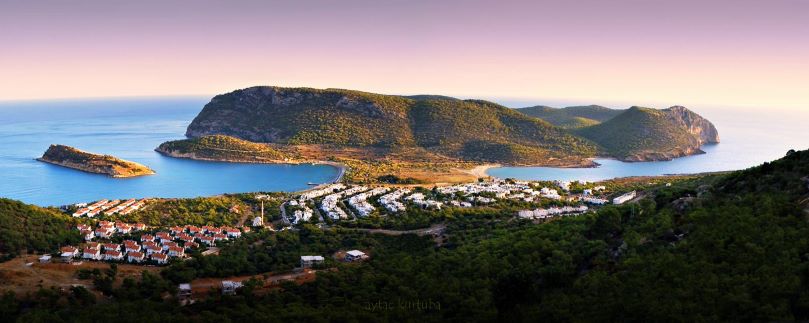
Eshabı Kehf Cave: The cave where story of 7 believing youths and their dogs escaping from a cruel king took a shelter and slept for 309 years miraculously. Their story, is mentioned in the Qur'an in the chapter of Kehf. Also known as 7 sleepers cave where these young people are hiding is considered sacred in all monotheistic religions. In the past, it is a place where pilgrims visit while going to pilgrimage by road. A mosque was built next to it by Sultan Abdulaziz.
Mamure Castle: It is one of the largest castles in Turkey in terms of area. It has reached today in a very good condition. Mamure Castle is located by the sea and is one of the southernmost points of Turkey. The castle, which also hosts the movie of Cüneyt Arkın and the shooting of some TV series, is compared to the Alanya castle in terms of structure. We recommend those who will visit this place to take a souvenir photo, especially in the impressive view of the castle and the sea. The entrance fee to Mamure Castle is 12.5 TL, and the museum card is valid.
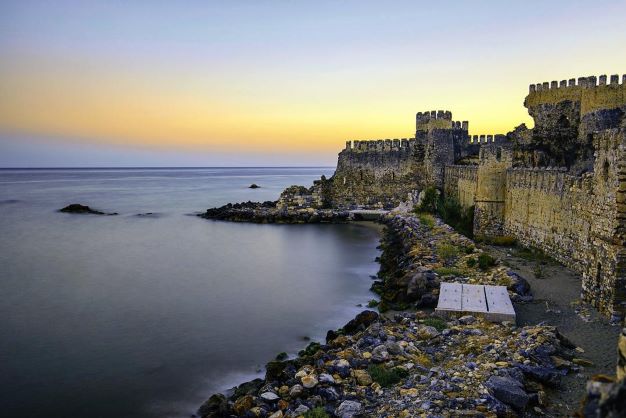
Elaiussa Sebaste: Elaiussa is an ancient city built on a peninsula with coves on both sides in the form of an isthmus. Elaiussa means olive grove. The city of Sebaste, which means “magnificent, happy”, was founded on the land part of the peninsula, which the Roman Emperor Augustus gave as a gift to the governor of Cappadocia. Over time, these two cities were combined and named Elaiussa Sebaste. You should definitely see the ancient theater with a capacity of 2300 people and the aqueducts used by the Romans to carry water from the Lemas Stream, especially in the north of the road (on the mountain side) of the ancient city. The basilica with 5 naves (corridors) built during the Byzantine period and the ancient bath with a central heating system are among the must-see works in the ancient city of Elaiussa Sebaste. Entrance is free.
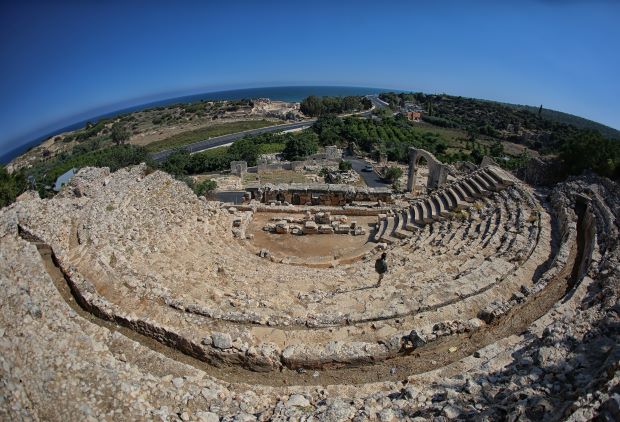
Old Tarsus Houses: It impresses those who see dozens of different houses in Tarsus, where the streets and houses are kept narrow so that they shade each other, and the doors are made high so that the camels can enter. The difference between the architectural styles of Christian houses and Muslim houses can easily be observed. . Walking around these houses, most of which have been restored and brought to tourism, and some of them serve as cafes, restaurants and boutique hotels, will take you back to the past.
Tarsus Waterfall: In the 5th century, with the change of the bed of the Berdan Stream in order to prevent floods, the river passing over the king tombs formed this waterfall. Especially in the spring, when the snow melts, its enthusiastic flow is worth seeing. Entrance is free.
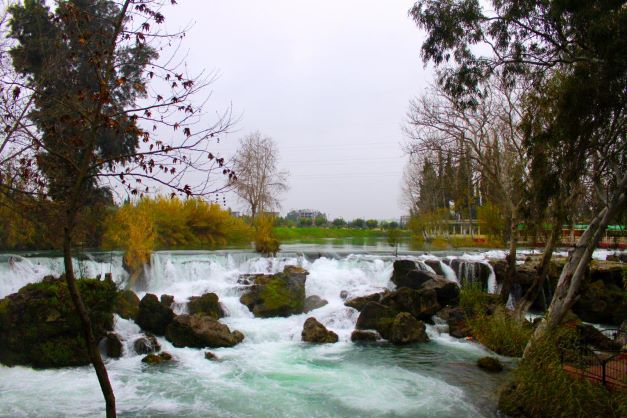
Adamkayalar: It is a place consisting of reliefs and figures made on the slopes of the Devil Deresi Canyon. It is an archaeological value that is rarely seen all over the world in terms of size, craftsmanship and story. It is thought that the people depicted on the reliefs represent the kings and queens of the Ancient State of Olba and the purpose of the construction was to commemorate the dead. There are 19 figures in 9 niches (cavities) in Adamkayalar. Admission to Adamkayalar is free.
